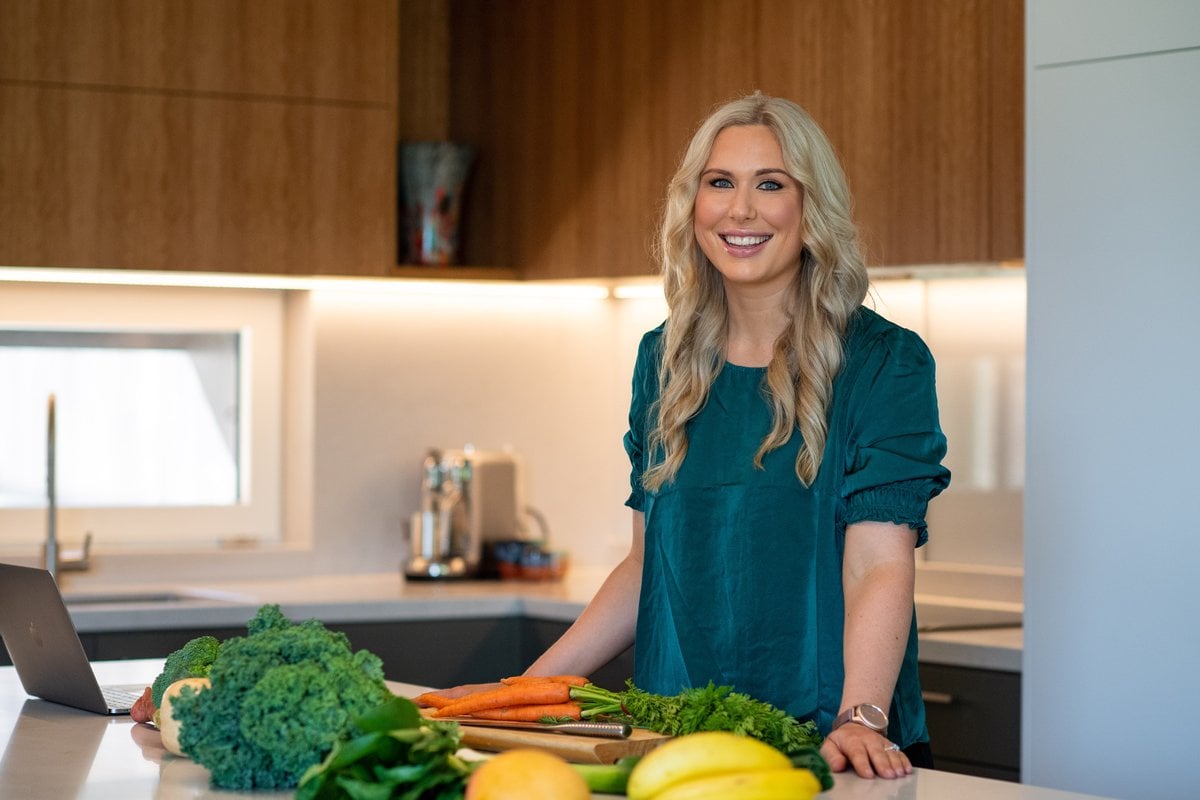
In April this year, Amanda Smith officially became part of a club that counts around one in nine women among its members. On waking from keyhole surgery and hearing that she did indeed have endometriosis, she burst into tears. “It was a relief that it wasn't all in my head for the past 14 years,” Amanda tells Mamamia. “I felt validated.”
Amanda had faced painful and heavy periods since her teens, but it took more than a decade of seeing different doctors for her to be diagnosed with this chronic condition – where cells similar to those that line the uterus grow in other parts of the body, which can spark symptoms including pain, bloating, heavy periods, bowel issues and fatigue. Her experience fuels her work as a dietitian specialising in women’s health, and she’s passionate about the role nutrition can play in helping people to manage symptoms of conditions like endo.
Watch: The definition of Endometriosis and its symptoms. Post continues after video.
It's still early days in the science stakes and there’s not yet a concrete ‘best diet’ for endometriosis, she caveats. Plus, what makes a difference for you might not for someone else. “It’s a very exciting space and there are a few different areas we have research for in terms of dietary approaches that can help, so it's about modifying that to the individual,” Amanda says. “Nutrition is a valuable piece of the puzzle, but it's just that – one piece. Like with any condition, we look at it through a holistic lens.”

